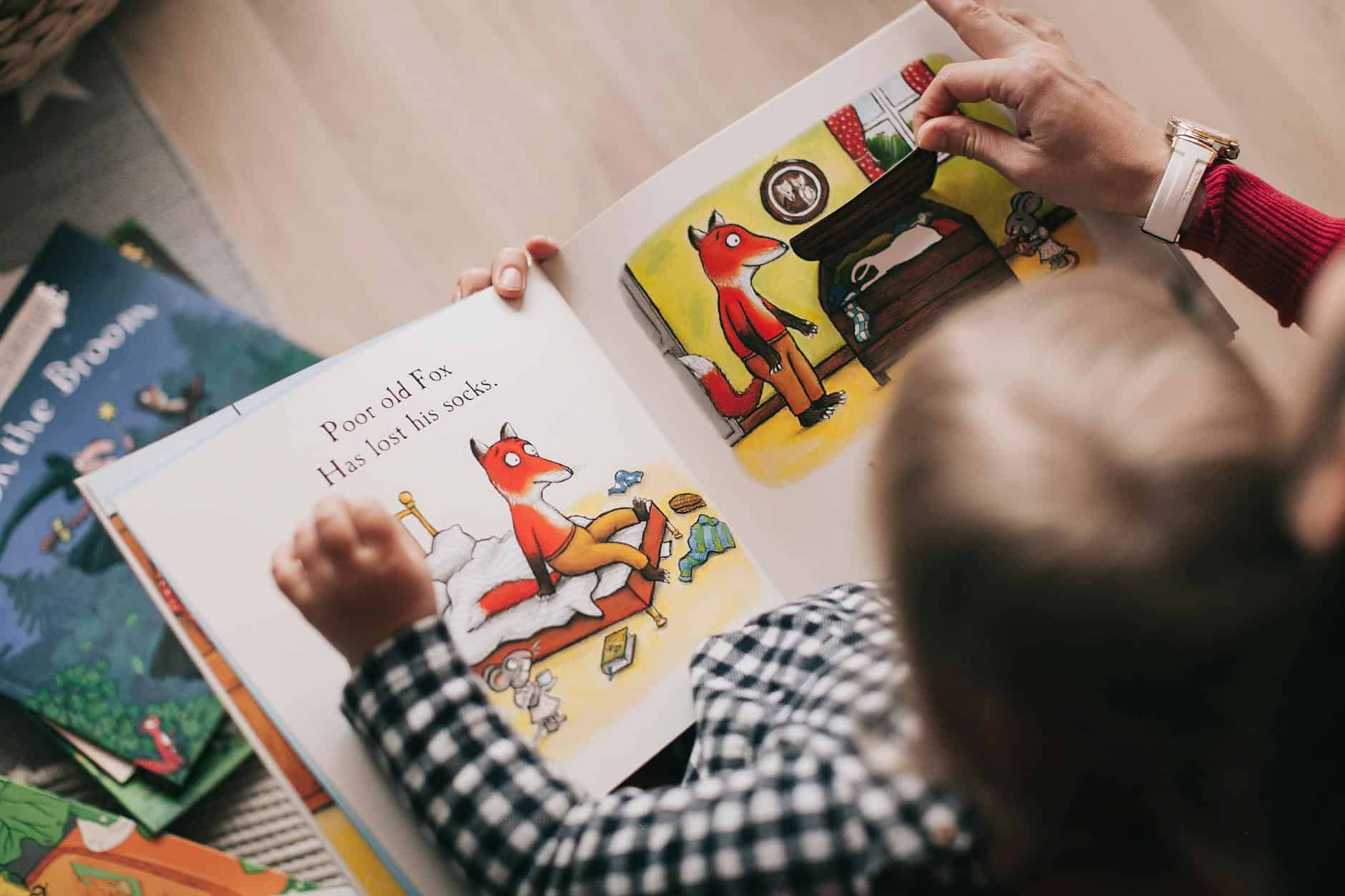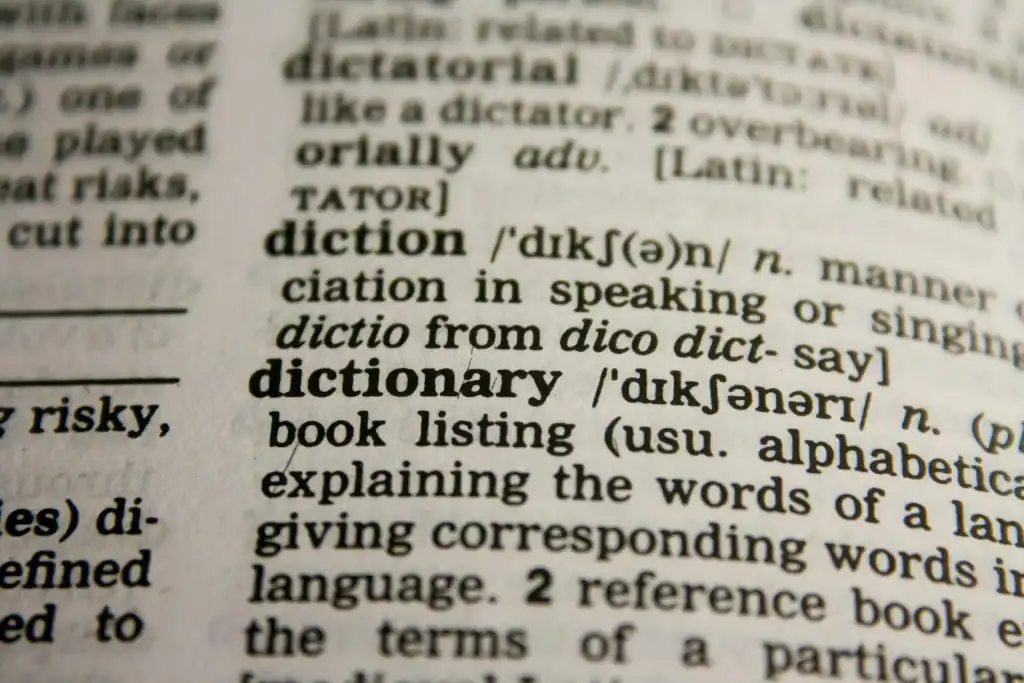Written by an expat parent who swapped Saturday‑morning English cartoons for Dominican Plaza Sésamo marathons—only to hear his toddler shout “¡Oye, papá, mira ese coquí!” at the breakfast table.
Why Screens and Pages Make the Perfect Language Tag‑Team
Language teachers preach immersion, but few things immerse like a brightly animated toucan explaining colors in Spanish, followed by a bedtime tale where the wolf whispers, “¿Quién tiene miedo?” Kids absorb rhythm, vocabulary, and cultural references long before verb‑conjugation drills make sense. Cartoons deliver visuals that anchor new words; books cement them through repetition and calm reflection. Switching between screen and page balances energy—hyperactive mornings at the TV, mellow evenings under a reading lamp.
In this guide I unfold how my family moved from English‑only media to a balanced media mixto—mostly Spanish—without boredom or rebellion. You’ll find suggested shows and titles, dialogue snippets, and parent–child Spanish phrases that spark conversation. Everything flows in narrative form: no numbered checklists, just the arc of real family life.
Step One: Choosing Cartoons That Speak Clearly and Kindly
Age Matters, Accent Matters
My four‑year‑old started with “Pocoyó” from Spain: short episodes, slow speech, minimal background noise. Dominican cable carried it on Clan TV. A Colombian friend suggested “Peppa Pig” dubbed by Mexican voice actors—wider Latin accent and familiar vocabulary. Switching accents early trains little ears to broader Spanish.
Key Vocabulary to Preview Together
| Spanish | English | Show Example |
|---|---|---|
| Colores | Colors | “¡Rojo, verde, amarillo!” in Pocoyó |
| Brinca | Jump | “¡Brinca, Peppa!” |
| Amigos | Friends | “Hola, amigos” opening line |
Cartoon Length and Repetition
Episodes under ten minutes prevent cognitive overload. Kids rewatch the same episode; embrace it. Repetition reinforces language. After the third viewing, I pause and ask:
Spanish: “¿Dónde está el globo azul?”
English: Where is the blue balloon?
My daughter points and shouts “¡Ahí!”—there! The word globo sticks because she heard, saw, and retrieved it.
Step Two: Interactive Viewing—Turning Passive TV into Active Spanish Time
Pre‑Teach Three Words
Before hitting play, I introduce three target words:
“Hoy escucharemos ‘saltar’, ‘rápido’, y ‘zorro’.”
Today we’ll listen for “jump,” “fast,” and “fox.”
We mime each action or show a plush fox. During the show, when a character says “¡Salta!”, my daughter leaps. Kinesthetic memory locks vocabulary.
Pause and Echo
I lightly pause after punchlines:
Spanish: “¿Qué dijo Pocoyó?”
English: What did Pocoyó say?
She repeats line, sometimes garbled. I recast correctly but encouragingly:
“Casi, él dijo ‘¡Qué divertido!’”
Almost, he said “How fun!”
Step Three: Bridging Cartoons to Books—Same Themes, Different Mediums
After a week bingeing “Dora la Exploradora” (Latin American dub), we borrowed “Dora y la aventura bajo el mar” from the local library in Santo Domingo. Familiar characters lower resistance to Spanish‑only text.
Reading Ritual
- Ambient Setup: Dim lights, nestle plush characters.
- Preview Pictures: Flip pages silently, ask predictions: “¿Qué crees que va a pasar?”
- Choral Reading: I read; she repeats key phrases.
Spanish phrase to encourage participation:
“Tú haces la voz de Botas, ¿te parece?”
You do Boots’ voice, okay?
Recommended Spanish Cartoon Gems
I won’t number a list but here are several series that rotated through our home:
- “Pocoyó” (Spain): minimalist visuals, narrador claro.
- “Peppa Pig” Latin dub (Mexico): everyday vocabulary, short scenes.
- “La Guardia del León” (Disney Junior Latin): adventurous; introduces nature terms like “manada” (pride).
- “Petit” (Argentina/Chile): preschool topics, Rioplatense accent—teaches kids that vos exists.
Favorite Storybooks That Echo Screen Content
“¡A Dormir, Pequeño Monstruo!” by Mario Ramos
Themes of bedtime fears overlap with Monstruo de Colores videos on YouTube, letting kids connect visual and textual worlds.
“Un Diente Se Mueve” (Nivel 1 Leo y Comprendo)
Pairs with “Peppa Pig—El diente de Peppa” episode. Vocabulary like “diente flojo,” “ratoncito Pérez.”
Reading line:
“Cuando tu diente se mueve, el ratoncito Pérez vendrá.”
When your tooth wiggles, the tooth fairy (little mouse) will come.
Addressing Accent Anxiety: Caribbean Vs. Castilian Sounds
I worried Dominican s‑aspiration might confuse her after hearing clear Castilian /s/. Turns out kids adapt fast. When Peppa says “gracias” with /s/ and our neighbor says “gracia’” dropping the s, my daughter laughs and mimics both. The key: exposure and playful acceptance.
If you want to highlight difference:
Spanish: “En España pronuncian la ‘s’ fuerte: gra‑cias. Aquí en Santo Domingo suena suavita: gracia’. Las dos son correctas.”
English: In Spain they pronounce the “s” strong: gra‑cias. Here in Santo Domingo it sounds softer: gracia’. Both are correct.
Streaming and Access Tips From the Caribbean Front Lines
Geo‑Restrictions
Some Spanish shows are locked; use YouTube channels like “Pocoyó Español Latino” or paid Disney+ with language toggles. In the Dominican Republic, I set Disney+ audio to Español (Latinoamericano). Netflix allows perfil de niños with Spanish as default. Settings > Audio & Subtitles before pressing play.
Library Treasure Hunts
Santo Domingo’s Biblioteca Infantil y Juvenil República Dominicana rotates bilingual picture books. Medellín’s network Bibliotecas Públicas offers Saturday storytelling—“Hora del cuento.” These free events immerse kids in live Spanish narratives.
Parental Spanish Phrases to Keep the Momentum
| Spanish | English |
| “¿Qué palabra nueva escuchaste hoy?” | What new word did you hear today? |
| “Repitamos el corito de la canción.” | Let’s repeat the little chorus. |
| “¿Quién es tu personaje favorito y por qué?” | Who’s your favorite character and why? |
| “Hagamos voces chistosas para cada animal.” | Let’s do funny voices for each animal. |
Tracking Progress Without Pressure
I jot weekly notes: “Dijo ‘saltando’ sin ayuda” or “Identificó azul en pantalla.” Celebrate micro‑wins:
“¡Excelente! Usaste la palabra ‘brinca’ tú solita.”
Excellent! You used the word “jump” all by yourself.
Avoid quizzing; couch it as playful recall: treasure hunts for words hiding in episodes.
Handling Resistance: When Kids Beg for English Netflix
Some nights she demanded “Bluey” in English. I negotiated:
“Primero un episodio en español, luego uno en inglés. Trato hecho.”
First one episode in Spanish, then one in English. Deal.
She loved bargaining power. Over time, Spanish became default; English episodes felt bonus rather than staple.
Real‑Life Anecdote: The Day She Corrected My Accent
Watching “La Guardia del León,” I mispronounced “bufanda”. My daughter frowned: “Papá, la ‘f’ suena fuerte: bu‑FAN‑da.” Victory! She not only absorbed vocabulary but phonetics. I feigned shock, thanked her, and asked her to teach me again—reinforcing confidence.
Conclusion: Turning Screens and Pages Into Bridges, Not Crutches
Cartoons hook attention; books deepen understanding. Together they form a bilingual trampoline—each bounce lifts your child higher toward fluency. Keep sessions short, phrases playful, accents varied. Praise effort, not perfection, and your living room will morph into a mini Spanish immersion camp—colorful, musical, and powered by little voices shouting “¡Otra vez, otra vez!”
Que cada dibujo animado y cada página ilustrada salvo el día con nuevas palabras y sonrisas en casa. ¡A disfrutar del viaje bilingüe!



